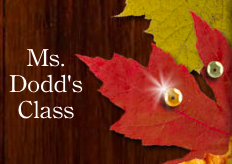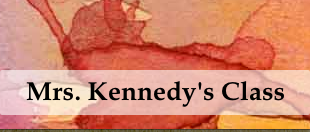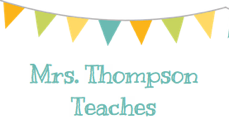Reading: Literary Texts
Standards in this strand:
Key Ideas and Details
- RL.5.1. Quote accurately from a text when explaining what the text says explicitly and when drawing inferences from the text.
- RL.5.2. Determine a theme of a story, drama, or poem from details in the text, including how characters in a story or drama respond to challenges or how the speaker in a poem reflects upon a topic; summarize the text.
- RL.5.3. Compare and contrast two or more characters, settings, or events in a story or drama, drawing on specific details in the text (e.g., how characters interact).
Craft and Structure
- RL.5.4. Determine the meaning of words and phrases as they are used in a text, including figurative language such as metaphors and similes.
- RL.5.5. Explain how a series of chapters, scenes, or stanzas fits together to provide the overall structure of a particular story, drama, or poem.
- RL.5.6. Describe how a narrator’s or speaker’s point of view influences how events are described.
Integration of Knowledge and Ideas
- RL.5.7. Analyze how visual and multimedia elements contribute to the meaning, tone, or beauty of a text (e.g., graphic novel, multimedia presentation of fiction, folktale, myth, poem).
- RL.5.8. (Not applicable to literature)
- RL.5.9. Compare and contrast stories in the same genre (e.g., mysteries and adventure stories) on their approaches to similar themes and topics.
Range of Reading and Complexity of Text
- RL.5.10. By the end of the year, read and comprehend literature, including stories, dramas, and poetry, at the high end of the grades 4–5 text complexity band independently and proficiently.
Reading: Informational Texts
Standards in this strand:
Key Ideas and Details
- RI.5.1. Quote accurately from a text when explaining what the text says explicitly and when drawing inferences from the text.
- RI.5.2. Determine two or more main ideas of a text and explain how they are supported by key details; summarize the text.
- RI.5.3. Explain the relationships or interactions between two or more individuals, events, ideas, or concepts in a historical, scientific, or technical text based on specific information in the text.
Craft and Structure
- RI.5.4. Determine the meaning of general academic and domain-specific words and phrases in a text relevant to a grade 5 topic or subject area.
- RI.5.5. Compare and contrast the overall structure (e.g., chronology, comparison, cause/effect, problem/solution) of events, ideas, concepts, or information in two or more texts.
- RI.5.6. Analyze multiple accounts of the same event or topic, noting important similarities and differences in the point of view they represent.
Integration of Knowledge and Ideas
- RI.5.7. Draw on information from multiple print or digital sources, demonstrating the ability to locate an answer to a question quickly or to solve a problem efficiently.
- RI.5.8. Explain how an author uses reasons and evidence to support particular points in a text, identifying which reasons and evidence support which point(s).
- RI.5.9. Integrate information from several texts on the same topic in order to write or speak about the subject knowledgeably.
Range of Reading and Level of Text Complexity
- RI.5.10. By the end of the year, read and comprehend informational texts, including history/social studies, science, and technical texts, at the high end of the grades 4–5 text complexity band independently and proficiently.
- Reading: Foundational Skills
Standards in this strand:
Phonics and Word Recognition
- RF.5.3. Know and apply grade-level phonics and word analysis skills in decoding words.
- Use combined knowledge of all letter-sound correspondences, syllabication patterns, and morphology (e.g., roots and affixes) to read accurately unfamiliar multisyllabic words in context and out of context.
Fluency
- RF.5.4. Read with sufficient accuracy and fluency to support comprehension.
- Read grade-level text with purpose and understanding.
- Read grade-level prose and poetry orally with accuracy, appropriate rate, and expression.
- Use context to confirm or self-correct word recognition and understanding, rereading as necessary.











